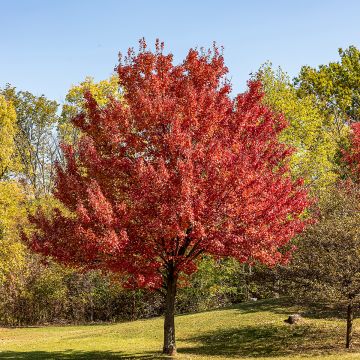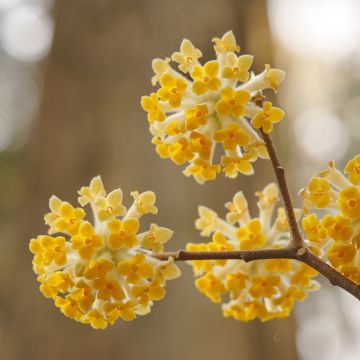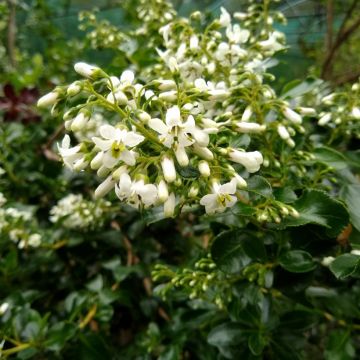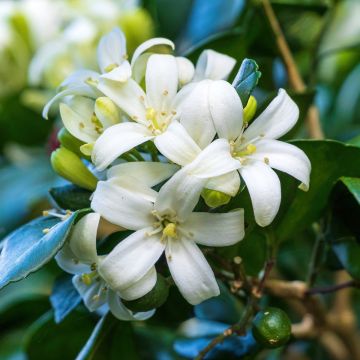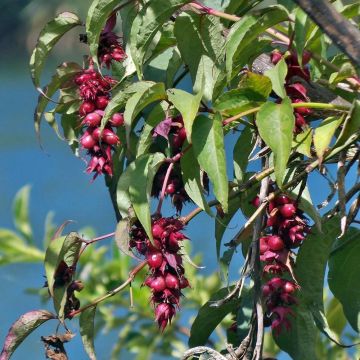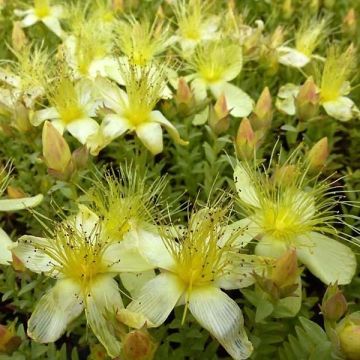

Tetradium daniellii


Tetradium daniellii


Tetradium daniellii


Tetradium daniellii


Tetradium daniellii
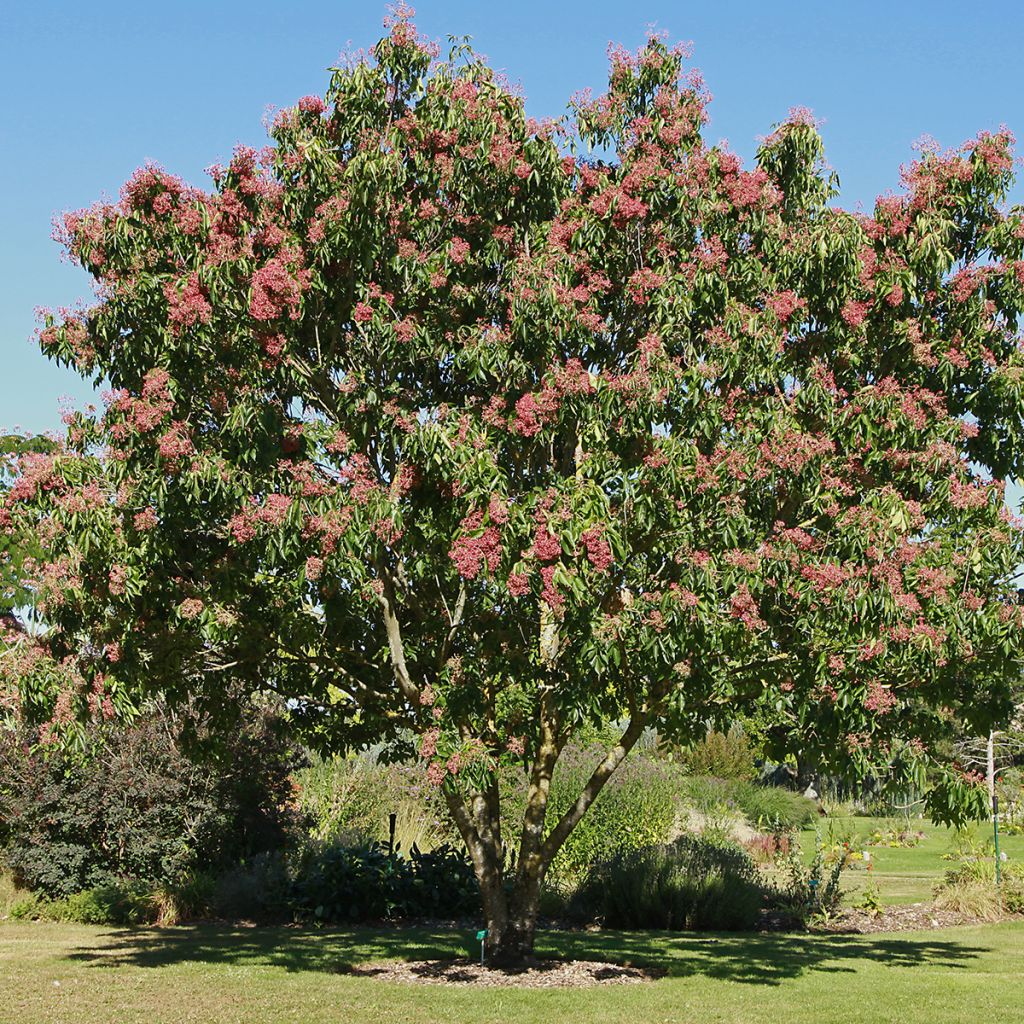

Tetradium daniellii
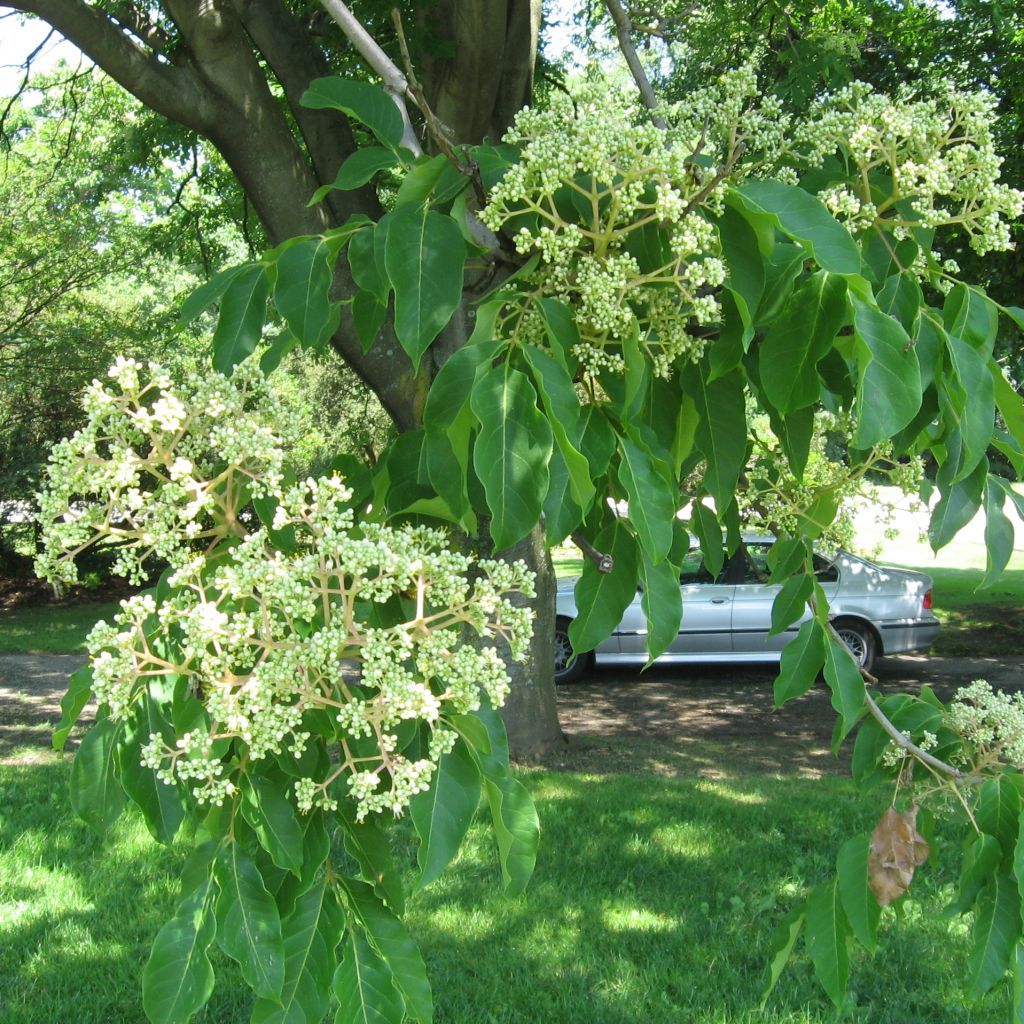

Tetradium daniellii
Tetradium daniellii
Tetradium daniellii
Bee-bee Tree
This item cannot be shipped to the selected country
Oversize package delivery charge from €6.90
Delivery charge from €6.90
Delivery charge from €6.90
More information
Oversize package delivery charge from €6.90
Delivery charge from €6.90
Delivery charge from €6.90
More information
Schedule delivery date,
and select date in basket
This plant carries a 24 months recovery warranty
More information
We guarantee the quality of our plants for a full growing cycle, and will replace at our expense any plant that fails to recover under normal climatic and planting conditions.
Oversize package: home delivery by special carrier from €6.90 per order..
Express home delivery from €8.90.
From €7.90 for pickup delivery and €6.90 for home delivery
Express home delivery from €8.90.
From €7.90 for pickup delivery and €6.90 for home delivery
Express home delivery from €8.90.
Does this plant fit my garden?
Set up your Plantfit profile →
Description
Tetradium daniellii, formerly known as Euodia danielli, better known as Honey Tree, is an extremely honey-producing tree from China and Korea, highly visited by bees. It offers a beautiful highly scented creamy white flowering from late spring. In temperate regions, it will continue until the end of summer. It is followed in autumn by clusters of small red capsules with a pointed beak. Its foliage is cut, dark green and glossy, with a velvety underside. This deciduous tree will thrive in any well-drained ordinary soil and tolerates drought once established.
The Honey Tree belongs to the Rutaceae family. It is native to the temperate deciduous forests of Southeast Asia (China, Korea), at high altitudes. This tree reaches a minimum height of 10m (32ft) and forms a crown of widely spread branches, pointing towards the sky. It reaches a diameter of 5 to 6m (19 to 8ft) at maturity. Its growth is quite fast. The young tomentose branches bear long deciduous leaves, which can reach a length of 30 to 40cm (15.7in), composed of 5 to 11 dark green ovate leaflets with a pointed tip. The upper side of the leaves is glossy, the underside is velvety and glaucous, and the leaflets are scattered with small translucent dots, releasing a light aroma when crushed. The foliage turns yellow in autumn. In late spring and until the end of summer, depending on the climate, numerous corymbs of small creamy white or butter-yellow flowers bloom, pleasantly scented. The flowering of this tree is one of the best sources of nectar for bees. At the end of flowering, the cluster of flowers turns red and is followed by small fruits, initially green-purple, then raspberry-red, then gray-beige, remaining on the tree for a long time. The seeds contained in the capsules are oily and highly sought after by birds.
Original, little known, very useful for garden wildlife, the Honey Tree will be highlighted when planted in isolation, not far from a pathway to enjoy the sweet scent of its flowers. Both exotic and hardy beyond -15°C, it is a precious asset for gardeners eager for something new. Edible oil can be extracted from its seeds.
Tetradium daniellii in pictures






Plant habit
Flowering
Foliage
Botanical data
Tetradium
daniellii
Rutaceae
Bee-bee Tree
China
Other Shrubs A to Z
View all →Planting and care
Hardy and adaptable, the Honey Tree thrives in ordinary but well-drained soil in sunny or partially shaded locations. It fears excessive moisture and withstands drought once established. In summary, it will grow in all healthy soils that are not too wet, and it will show rapid development in fertile, light, preferably limestone soils. It may be sensitive to cold when very young, although it can tolerate temperatures as low as -20°C without damage and average winter temperatures of -15 to -17°C. However, it may be susceptible to spring frosts on its young shoots as vegetation resumes in early March. It is advisable to bury a well-decomposed mineral and organic compound at its base in early spring.
Planting period
Intended location
Care
Planting & care advice
-
, onOrder confirmed
Reply from on Promesse de fleurs
Summer-flowering shrubs
Haven't found what you were looking for?
Hardiness is the lowest winter temperature a plant can endure without suffering serious damage or even dying. However, hardiness is affected by location (a sheltered area, such as a patio), protection (winter cover) and soil type (hardiness is improved by well-drained soil).

Photo Sharing Terms & Conditions
In order to encourage gardeners to interact and share their experiences, Promesse de fleurs offers various media enabling content to be uploaded onto its Site - in particular via the ‘Photo sharing’ module.
The User agrees to refrain from:
- Posting any content that is illegal, prejudicial, insulting, racist, inciteful to hatred, revisionist, contrary to public decency, that infringes on privacy or on the privacy rights of third parties, in particular the publicity rights of persons and goods, intellectual property rights, or the right to privacy.
- Submitting content on behalf of a third party;
- Impersonate the identity of a third party and/or publish any personal information about a third party;
In general, the User undertakes to refrain from any unethical behaviour.
All Content (in particular text, comments, files, images, photos, videos, creative works, etc.), which may be subject to property or intellectual property rights, image or other private rights, shall remain the property of the User, subject to the limited rights granted by the terms of the licence granted by Promesse de fleurs as stated below. Users are at liberty to publish or not to publish such Content on the Site, notably via the ‘Photo Sharing’ facility, and accept that this Content shall be made public and freely accessible, notably on the Internet.
Users further acknowledge, undertake to have ,and guarantee that they hold all necessary rights and permissions to publish such material on the Site, in particular with regard to the legislation in force pertaining to any privacy, property, intellectual property, image, or contractual rights, or rights of any other nature. By publishing such Content on the Site, Users acknowledge accepting full liability as publishers of the Content within the meaning of the law, and grant Promesse de fleurs, free of charge, an inclusive, worldwide licence for the said Content for the entire duration of its publication, including all reproduction, representation, up/downloading, displaying, performing, transmission, and storage rights.
Users also grant permission for their name to be linked to the Content and accept that this link may not always be made available.
By engaging in posting material, Users consent to their Content becoming automatically accessible on the Internet, in particular on other sites and/or blogs and/or web pages of the Promesse de fleurs site, including in particular social pages and the Promesse de fleurs catalogue.
Users may secure the removal of entrusted content free of charge by issuing a simple request via our contact form.

































